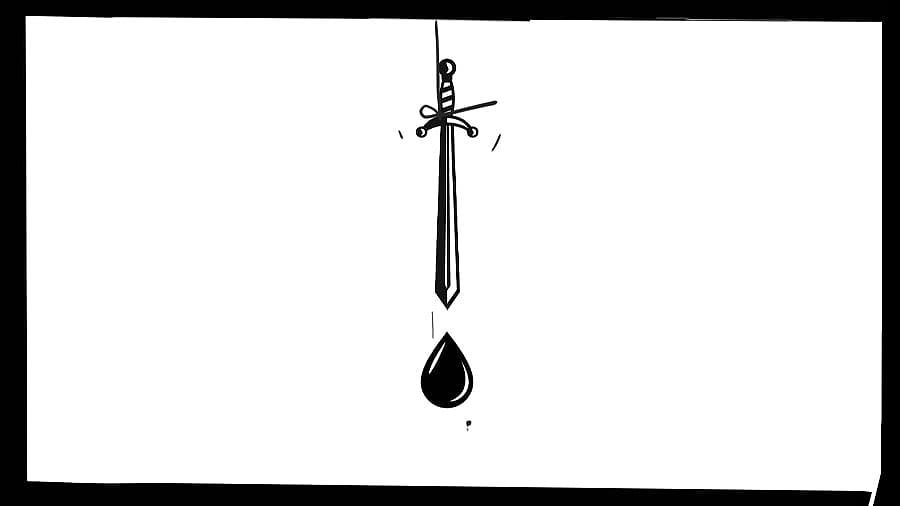
China’s plan to build a $137-billion mega dam in Tibet on the lower reaches of the Yarlung Tsangpo – the Brahmaputra in India – and located at a huge gorge in the Himalayan reaches where the mighty river makes a huge U-turn to flow into Arunachal Pradesh and then to Bangladesh has raised legitimate concerns in India and Bangladesh. The project, according to reports, would dwarf any other single infrastructure project on the planet, including China’s own Three Gorges Dam, regarded as the world’s largest hydropower station.
India is naturally sceptical, first because the dam on the Tibetan plateau has wider implications for the security and ecology of the states in India and Bangladesh. The Ganges–Brahmaputra–Meghna basin is one of the richest basins in the world in terms of natural resources (hydropower, fisheries, forestry, irrigated agriculture, navigation, environmental amenities, tourism, minerals, etc.) and despite brave attempts of rebranding itself, India, along with Nepal and Bangladesh, continues to be in the league of some of the poorest in the world. It is also a densely populated region, the greater Hindu Kush Himalaya being home to nearly half of the world’s population; approximately 630 million people in an area of 1.7 million sq km.
China’s lack of transparency raises concerns about flash floods or water scarcity downstream besides the more alarming factor of the dam being able to give China leverage in a state of armed conflict. It is not known whether there were any consultations between the two countries over the proposed dam.
Consultation between countries on the construction of dams on rivers that flow through them is part of the standard protocols of hydro-diplomacy because the flow of water, ecology, and other factors are involved. Even though Chinese Minister of Foreign Affairs Wang Yi and Indian National Security Advisor Ajit Doval met on December 18 and talked about “data sharing on trans-border rivers,” among other things, the knowledge if this included any conversations about the Yarlung Tsangpo dam is not forthcoming. China must be aware that arbitrary and unilateral actions go against the spirit of bilateral relations.
The battle of attrition over water resources is a major fallout of the ‘hydro-hegemony’ of India and China. Arunachal Chief Minister Pema Khandu has said that the Siang Upper Multipurpose Project (SUMP), estimated to cost Rs 1.13 lakh crore, was being planned to mitigate risks of flooding if China released excess water.
The proposed hydroelectric dam on the Siang River in Arunachal Pradesh is one of the world’s largest hydroelectric projects, with a potential capacity of 11,000 MW. In the context of India-China relations, New Delhi perceives the Siang dam to be a countermeasure to China’s upstream projects. It is touted to be a project that signals India’s ability to respond to Beijing’s activities and secure its downstream interests. But does it? The Chinese dam will produce electricity equivalent to the Three Gorges Dam in China – some 60,000 MW of hydropower – and due to its enormity alone can have serious geological impacts in the earthquake-prone Himalayan belt.
Distress and displacement
The problem is that the Siang dam project is facing protests from the local population deeply apprehensive over the severe ecological impact due to the construction of the dam despite the advocacy of the National Hydroelectric Power Corporation (NHPC) justifying the project on the grounds of national security and the adverse impact of the Chinese dam. While the flow in the Siang/Dihang Valley between Tuting and Pasighat may well be reduced/affected due to any Chinese dam in the immediate upstream area in Tibet, a dam in the upper reaches of the river in India may ensure that there is adequate and regulated water flow in Siang.
The Siam project is likely to require the displacement of thousands of indigenous people in Arunachal Pradesh, causing significant social unrest. The Three Gorges Dam displaced 1.4 million inhabitants (critics insisted the figure was 1.9 million) upstream in more than 1,500 cities, towns, and villages along the river, not to speak of the destruction of magnificent scenery and countless rare architectural and archaeological sites.
China, as has been seen, does not do a thing without adequate thought, planning, and resolve, sometimes running into decades. The idea for the Three Gorges Dam was first discussed in the 1920s by Chinese Nationalist Party leaders and was given a new impetus when Mao Zedong ordered feasibility studies of many sites in 1953. Though detailed planning for the project began in 1955, it dragged on till 1992 when Premier Li Peng, who had himself trained as an engineer, was finally able to persuade the National People’s Congress to ratify the decision to build the dam. What is instructive is that the Three Gorges Dam began officially operating as late as in 2016.
The pros and cons of large dam-building have been discussed ad nauseam while the jury is still out on whether we need to rely heavily on dam-irrigated agriculture, or should apply water-saving technologies and use drought-resistant crops to avoid global food crises or whether hydropower is a renewable and clean alternative for fossil fuels, or whether energy from dammed rivers has higher environmental and social costs. While the anti-dam movement is increasing in developed countries, it is not only that China has built more large dams than any other country but is still aggressively developing hydropower as part of its long-term national plan.
A comprehensive study must be conducted on how the Chinese dam construction across the Brahmaputra is going to influence ecology, seismic activity, and water flow in northeast India and Bangladesh, especially during the dry season, given the fact that China is deliberately weaponising water.
(The writer is a Kolkata-based commentator on geopolitics, development, and culture)